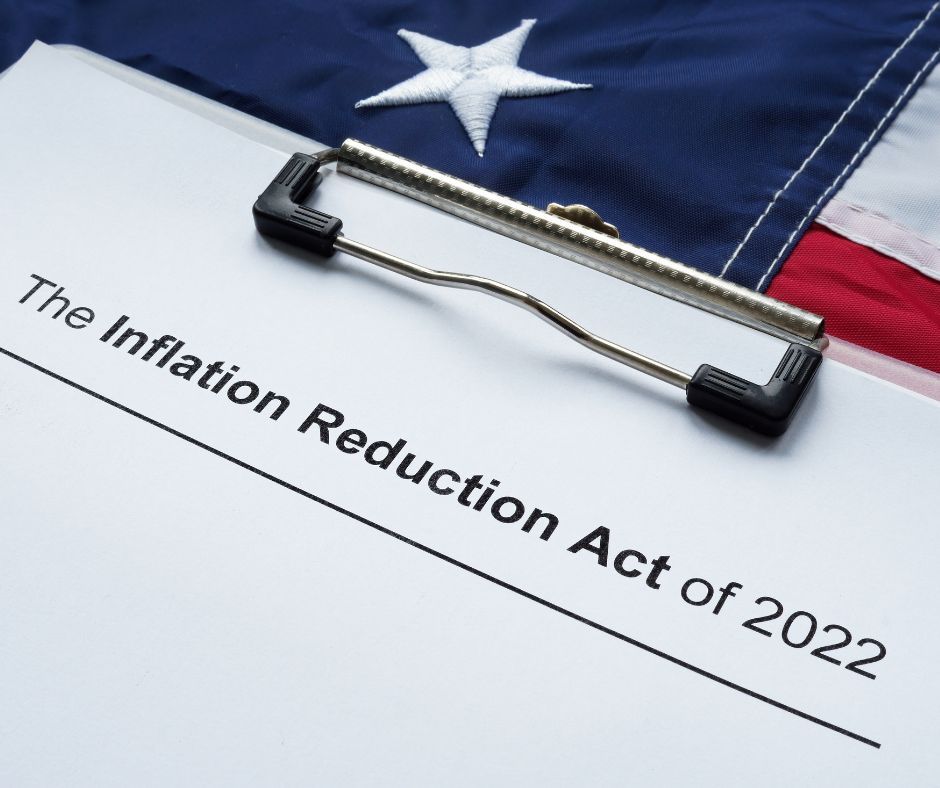Introduction:
The healthcare landscape is constantly evolving, and 2024 marks a significant milestone in the transformation of Medicare Part D in response to the Inflation Reduction Act of 2022. This act, lowered drug costs and reduced federal spending, allowing accessible and cost-effective healthcare experiences for millions of Americans.
Changes for 2024:
One of the most notable changes coming in 2024 is the costs associated with the catastrophic phase in Medicare Part D. Enrollees without low-income subsidies, facing high spending, will now benefit from a capped limit. In 2024, this cap is set at $8,000, covering both out-of-pocket expenses and the value of the manufacturer price discount on brand-name drugs in the coverage gap phase. Part D enrollees taking brand-name drugs in 2024 will only spend $3,300 out of their own pockets, eliminating additional costs for their medications. This is a tremendous shift from the potential out-of-pocket costs ranging between $11,000 to $15,000 in 2023. For example, the popular drug Pomalyst, which cost $11,800 in 2023, will see a drastic reduction to $3,300 in 2024.
The Impact on Drug Manufacturers:
With these changes, drug manufacturers are also adapting to the evolving landscape. To support the new system, they will now offer a 20% discount on brand-name drugs, with this percentage skyrocketing to an astounding 60% in 2025. This not only aligns with the broader goal of reducing federal spending but also ensures that patients have greater access to affordable medications.
Looking Ahead to 2025:
The out-of-pocket spending cap will see a further reduction, dropping to $2,000 in 2025. It's important to note that this particular change will not apply to Part B drugs. In addition, the 5% coinsurance requirement for Part D will be eliminated. Part D plans will now cover 20% of total drug costs, a slight increase from the 15% in 2023, offering even more financial relief to beneficiaries.
Conclusion:
As we step into the future of Medicare Part D, these changes mark a significant shift toward a more affordable and accessible healthcare system. With the Inflation Reduction Act of 2022 as a driving force, beneficiaries can look forward to not only substantial cost savings but also increased financial support from drug manufacturers. The evolving landscape of Medicare Part D is a testament to the continuous efforts to enhance the overall healthcare experience for millions of Americans.

